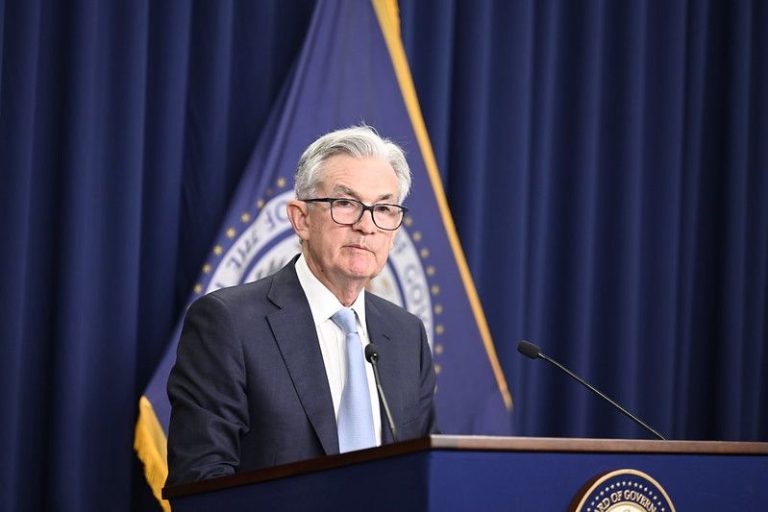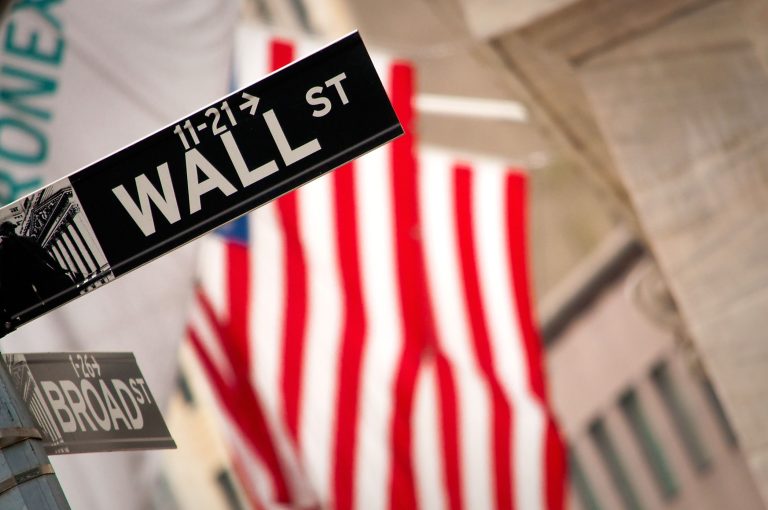The CAC 40 index has moved into a technical correction after crashing by over 11% from its highest level this year. It has retreated to €7,200, down by 11.50% from the year-to-date high of €8,260. It is also hovering near its lowest level since August 12.
CAC, which tracks the biggest companies in France, has underperformed its global peers as the Nasdaq 100, S&P 500, and Dow Jones have surged to their record highs.
China’s exposure to blame
The most important reason why the CAC 40 index has underperformed its American peers because of its exposure to China.
Indeed, the top laggards in the index are those with a substantial presence in the second-biggest economy globally.
LVMH, the biggest luxury brand company in the world, has dropped by over 34% from its highest level this year as demand from Chinese shoppers wanes. It has moved to its lowest level since October 2022.
Kering, the parent company of Gucci, has been the second-worst-performing luxury brand this year after Burberry. Its stock has dropped to €220, a 70% drop from the highest level in 2021. It is hovering near its lowest level since 2017 after reporting weak sales and delivering several profit warnings.
Kering’s revenue dropped by 15% in the third quarter to €3.7 billion, with Gucci’s sales falling by 26% to €1.64 billion.
L’Oreal, one of the top sellers of beauty products, has also been in a deep sell-off because of its exposure to the Chinese market. Its stock is down by 27% this year, a trend that could continue after it reported weak financial results. The most recent results showed that L’Oreal’s revenues jumped by 6% to €32.4 billion as its Chinese business slowed.
Pernod Ricard, another top French giant, has plunged by over 30% this year as sales of its popular brands dropped.
The other top laggards in the index are STMicroelectronics, Vinci, Dassault Systemes, and Eurofins Scientific, which have all crashed by over 20%.
On the other top gainers in the CAC 40 index are companies are firms like Schneider Electric, Saint Gobain, EssilorLuxottica, AXA, and Danone have all jumped by over 15% this year.
European Central Bank and Fed decisions
The CAC 40 index has underperformed as concerns about Donald Trump’s tariffs continued. He has promised to implement tariffs on most imports, including friendly nations like France and those in the European Union.
The trade volume between the two countries has risen by 32% to over $153.8 billion. Tariffs would have an impact on the trade relations between the two countries and hit top companies.
Meanwhile, the Federal Reserve and the European Central Bank have continued to slash interest rates in the past few months. The Fed and the ECB have slashed rates by 0.75% and they will continue doing that in the coming months.
CAC 40 index analysis
CAC 40 chart by TradingView
The CAC 40 index has been in a strong downward trend in the past few months after peaking at €8,263, where it formed a double-top pattern. It dropped to a low of €7,310, its lowest level since August 14.
The index has remained below the 50-day and 200-day Exponential Moving Averages (EMA). Similarly, the Relative Strength Index (RSI) and the MACD indicators have all pointed downwards, pointing to more selling pressure.
Therefore, the index will likely continue falling as sellers target the psychological level at €7,000, its lowest level on August 5. This view will become invalid if the index rises above the key resistance at €7,792.
The post Here are the best and worst CAC 40 index companies of 2024 appeared first on Invezz










